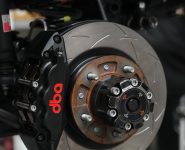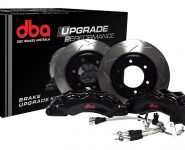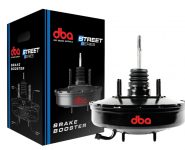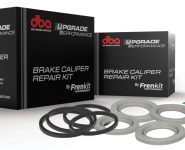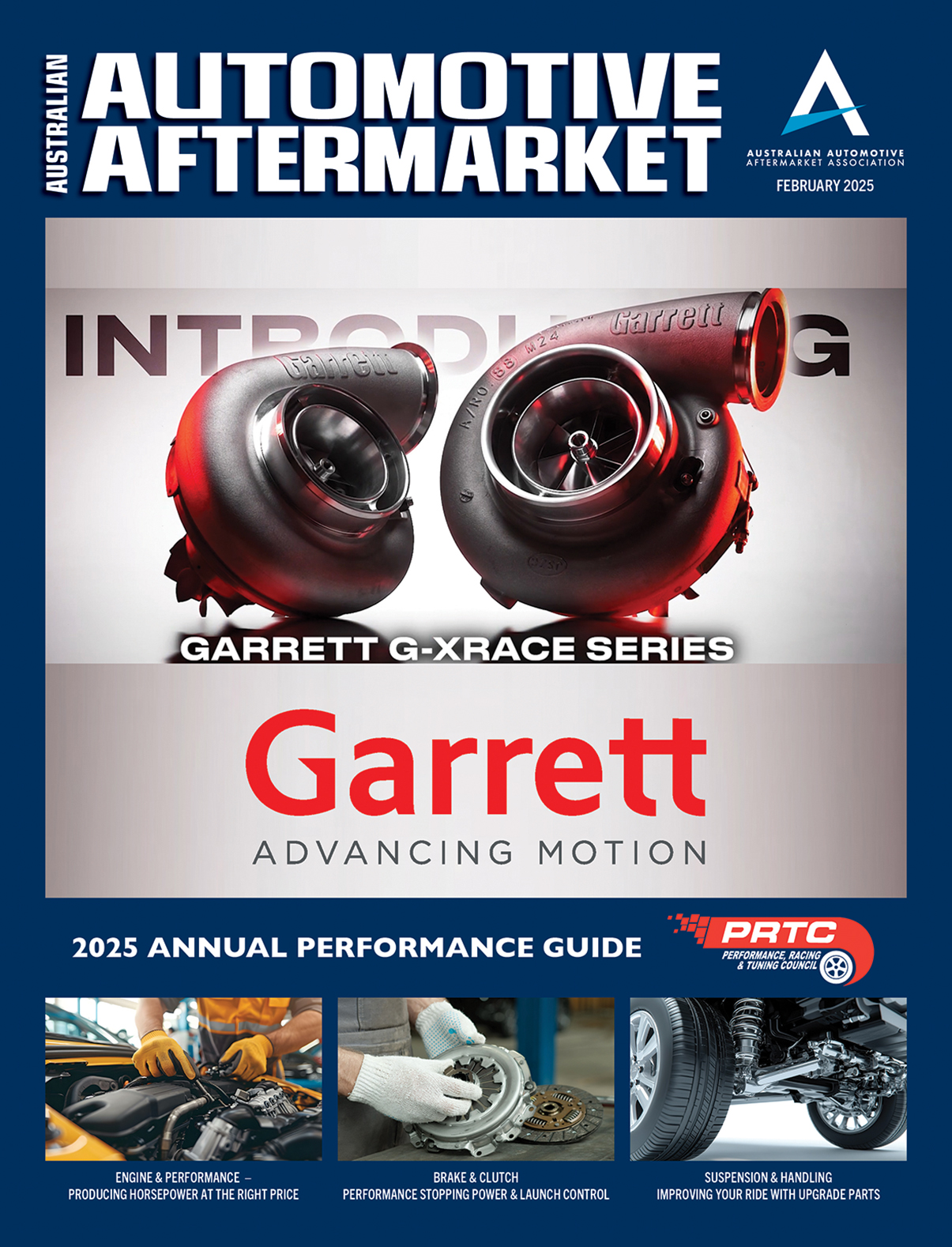WHY BEDDING-IN YOUR BRAKES REALLY MATTERS
DBA says when fitting new brake pads or rotors, there’s one crucial step that many skip: bedding-in
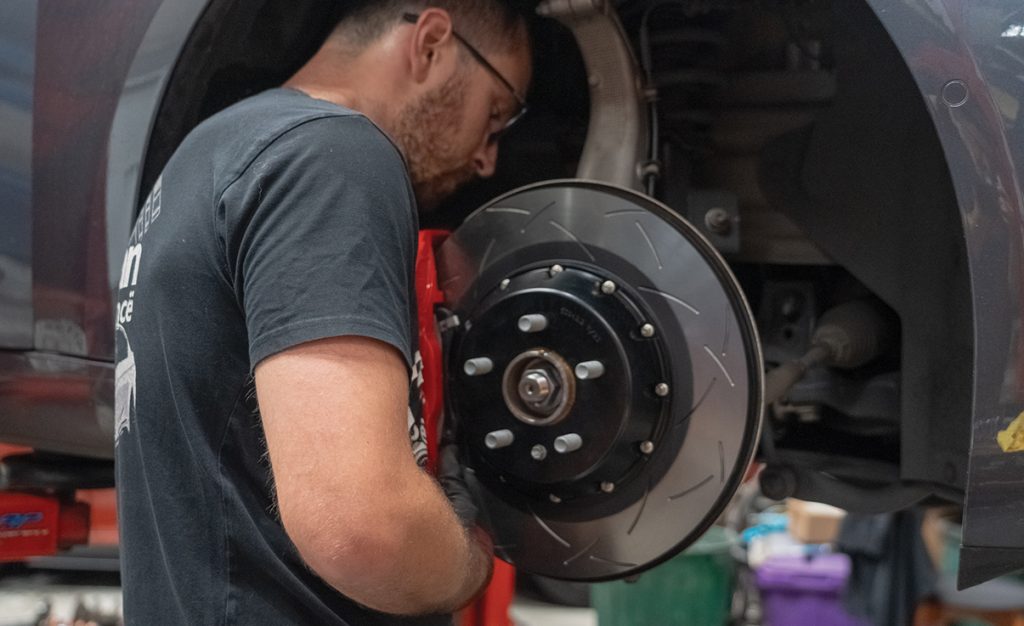
Some may consider the process unnecessary; while others may think modern pads don’t require it.
Disc Brakes Australia (DBA) says the truth is that bedding-in isn’t optional – it is the initial set-up required to ensure that brakes perform consistently, quietly, and safely.
What bedding-in does
Bedding-in is a controlled process designed to:
• Create an even transfer layer of pad material onto the rotor.
• Prevent uneven pad deposits that cause vibration, noise, or “judder.”
• Improve friction consistency for better bite and pedal feel.
• Introduce temperature in a controlled process, reducing the risk of thermal shock or cracking.
In short, it prepares the brakes to perform the way they were designed to — whether it is driving to work, towing a trailer, or flying down Conrod Straight at Bathurst.
The risks of skipping it
DBA says skip bedding-in might not impact braking performance immediately. However, over time, there is a heightened potential to experience:
• Hot spots and glazing that reduce stopping performance.
• Brake fade when the system overheats.
• Poor pedal feel and effort.
• Shortened pad and rotor life.
For everyday driving
DBA says that with its Street Series pads and rotors, bedding-in is quick and simple with the following steps:
Step one: prep the rotors:
- Uncoated: Clean with brake cleaner to remove oils or debris.
- Coated (like DBA En-Shield): Lightly brake at 50 km/h a few times to remove the protective layer.
Step two: bed them in:
- From 50 km/h, brake firmly (but not aggressively) down to 10 km/h. Do not come to a complete stop.
- Repeat 10–15 times, letting the brakes cool for at least 30 seconds between stops.
- Avoid heavy braking for the first 200 km to prevent glazing.
For the track enthusiasts
Track pads and rotors — like DBA 4000 and 5000 Series rotors with XP or RP pads — need additional preparation.
As the performance requirements on the track are more demanding than standard road driving cycles, the pads and rotors need to be conditioned further to cope with the additional thermal stresses.
DBA recommends the following processes be carried before full paced track day laps/ Competition laps. This process is essential to help prevent Thermal shock cracking of disc rotors.
Step one: initial contact: pump the pedal to seat the pads; a quick system bleed never hurts.
Step two: build temperature gradually: three to four laps at light to medium braking, followed by three to four laps at about 50 percent race pressure.
Step three: push towards race pace: bring the brakes up to full temp without shocking them.
Step four: cool down: one lap with minimal braking before pitting. Do not drag the brakes, as it can lead to uneven pad deposits on the rotor.
Additionally, if possible, do not bed in brand-new pads with brand-new unbedded rotors. This is because if one of the two components is seasoned, it will greatly benefit in prepping the second component.
Street vs Race Bedding-In immediately
• Street pads: moderate heat, progressive stops, quick cooling cycle. Focus on smoothness, comfort, and everyday consistency.
• Race pads: high heat, aggressive stops, controlled cooling. Focus on high-temp stability, fade resistance, and repeated heavy braking.
Myths, debunked
DBA says the following are myths:
• “Pads are pre-bedded from the factory.” They may be pre-cured, but they’re not mated to your rotors. That only happens on the car.
• “I’ve never done it, and my brakes are fine.” They’re working — but not at their best. Bedding-in optimises performance and lifespan.
• “It’s only for race cars.” Street and performance cars benefit just as much. If anything, street driving demands more consistency.
The bottom line
DBA explains it has spent over 50 years engineering braking systems for everything from family cars to High-Performance vehicles.
It says that one lesson is clear: skipping bedding-in leaves performance on the table. Do it once, and your brakes will reward you with sharper response, quieter operation, and longer life.
For more information, visit www.dba.com.au



